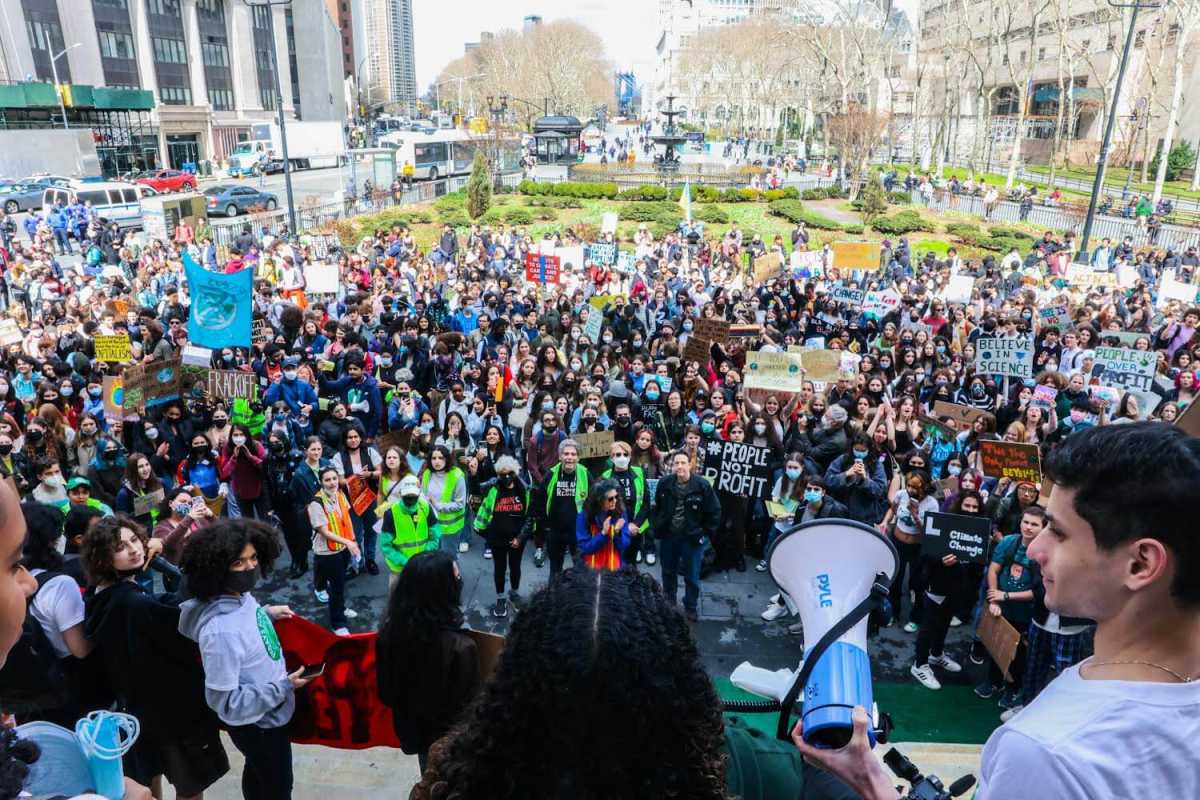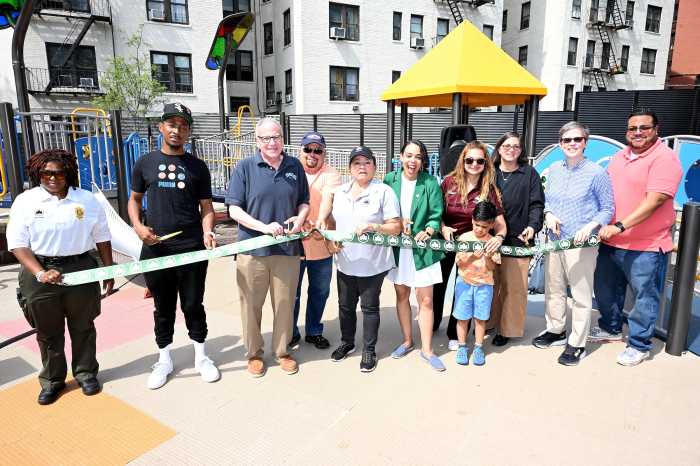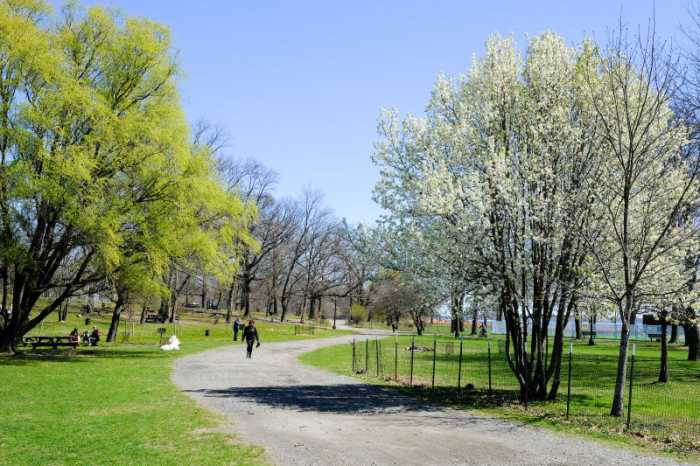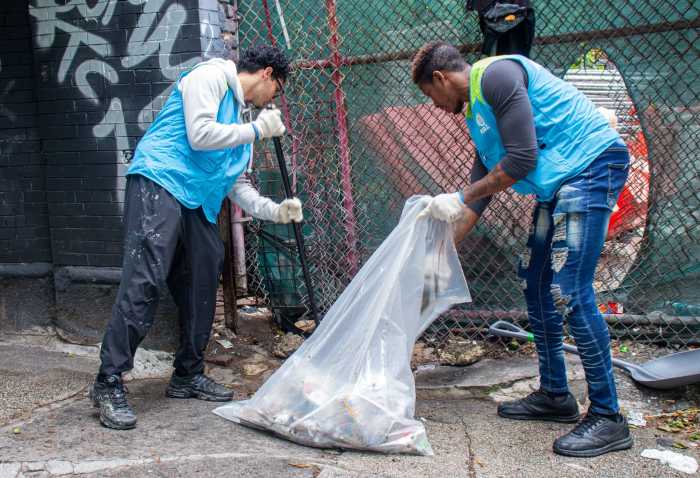The Bronx High School of Science’s attendance office was flooded with hundreds of passes from students requesting to leave school last Friday.
The students wanted to participate in the Global Climate Strike, attended by youth around the world in nearly 100 countries, including France, India and Canada. More than 330,000 people participated on March 25, according to data collected by Fridays for Future, the organization leading the strike.
Most of the climate strikes took place in the U.S., however.
The youth-led movement, founded in 2018 by Swedish activist Greta Thunberg, has shared its demands, including keeping global temperatures from rising 1.5 degrees Celsius and following the Paris Agreement, an international treaty adopted in 2015 to curb global warming.
High schools juniors Helen Stone, 17, and Lucia Dec-Prat, 16, have been organizing with Fridays for Future since they were first-years at the Bronx High School of Science. They urged their principal and as many teachers as they could to let them walk out without cuts.
Dec-Prat began her climate activism in middle school, where she and several of her classmates petitioned for a composting program.
“We ended up working with the (city) Department of Sanitation to get composting bins for school,” Dec-Prat said. “And that was like a really big deal.”
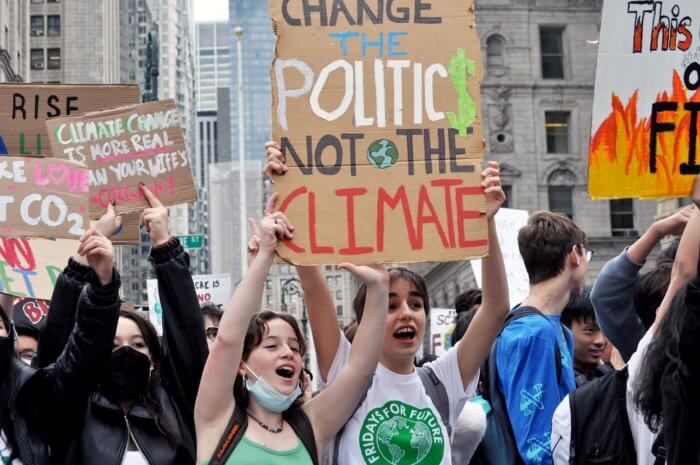
Since then, her interest in climate change has naturally found its place in the science and engineering programs that the Bronx High School of Science is renowned for.
“How can we engineer and think of solutions … that are really productive for future generations?” Dec-Prat said.
Dec-Prat and Stone pointed to the challenges of organizing youth who feel paralyzed by growing systemic issues over that past two years and exacerbated by the pandemic — the killing of George Floyd which gave rise to police brutality protests and worsening climate trends.
“That turned a lot of us towards smaller mutual aid initiatives that really focus on the community,” Dec-Prat said.
Stone joined Fridays for Future just before the pandemic started in 2020. She recalled the in-person meeting in the basement of the Ethical Culture Fieldston School in Riverdale fondly.
“I thought, ‘Oh my god,’ this is exactly what I’ve been looking for,” Stone said.
Stone works at an urban farm in Queens and believes greater accessibility to the outdoors for under-resourced students.
On the way to the demonstration, they met with more students headed to Brooklyn Borough Hall, including 16-year-old Sophia Brito, a junior at the High School of American Studies at Lehman College. Brito recalled the rush to organize students and confront bureaucratic red tape set by the city’s education department.
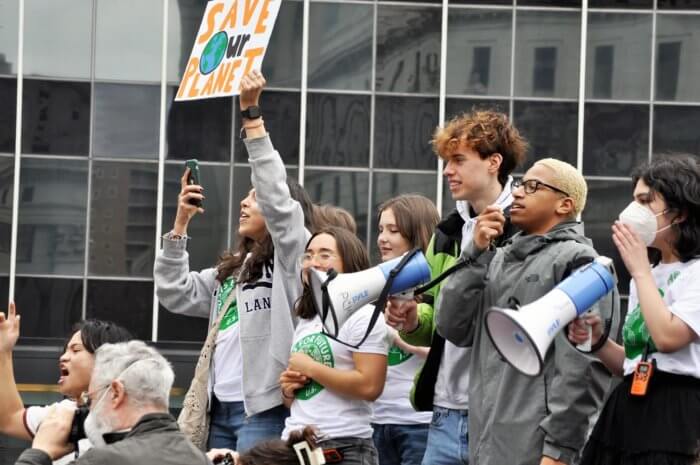
“He knew the strike was happening, whether the school liked that or not,” Brito said of her principal, who eventually allowed parents to submit forms approving of student absences.
Brito now feels more galvanized to join her school’s environmental club and future climate strikes.
“There’s so many highways in the Bronx,” said Brito, who lives in Queens. “Going to school in the Bronx has really opened my eyes to seeing it’s a way bigger issue than I ever thought.”
At Foley Square, where the march stopped after crossing the Brooklyn Bridge, Aderinsola “Ade” Babawale, spoke out against the Metropolitan Reliability Infrastructure Project, known by many as the North Brooklyn Pipeline. The 20-year-old Brownsville resident is part of the No North Brooklyn Pipeline campaign — she lives just blocks from the 7-mile natural gas pipeline.
“It flows where I live with my mom and my brother,” Babawale said. “A lot of my neighbors still don’t know about the pipeline.”
Babawale, who attends Kingsborough Community College, has been involved with Fridays for Future since following Thunberg on Twitter. Babawale was finally able to meet other organizers in-person last summer during a climate protest in front of the United Nations headquarters in Manhattan.
“We were on the same wavelength,” Babawale said. “We understand what’s going on and our awareness is still ever expanding.”
Babawale pointed to the high rates of asthma in Brownsville — the highest in New York City — and tied them to the Bronx neighborhood of Morrisania, which has the second highest asthma rates. It’s something activists are highlighting in their protests against the pipeline expansion.
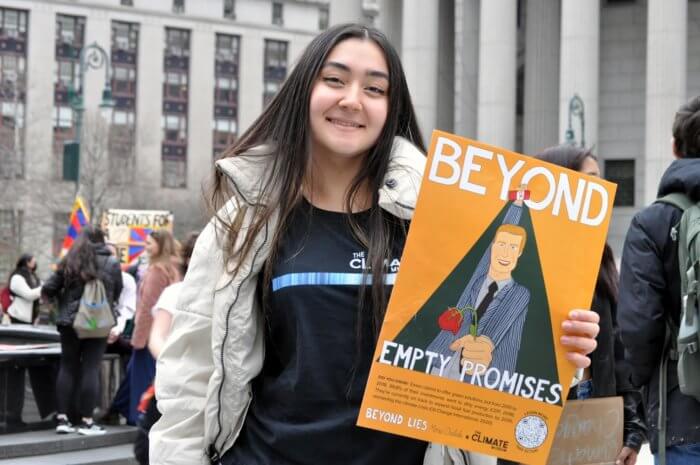
Dec-Prat said her mother lives in Greenpoint, where the North Brooklyn Pipeline will expand into and intersect even more schools, daycare facilities, healthcare centers and nursing homes.
“One of the demands … is that they cease construction,” Dec-Prat said about the strike. “ I think that’s something where local legislators really do have the power to stop it.”
Stephanie Rakhmonova, a 17-year-old senior at Midwood High School in Brooklyn, also participated in Friday’s strike. She’s leading a movement at her school to plant at least 150 saplings in yards across New York City.
She credited her interest in climate change to when she was in seventh grade, researching marine biology.
“I started to research how to set up a saltwater aquarium because I just was really fascinated with all the diverse marine animals,” Rakhmonova said. “From there, I sort of fell down the spiral to protect our oceans.”
Environmental issues also hit close to home for Rakhmonova. Her Uzbekistan family lives close to the Aral Sea, which has been drained as part of a massive agricultural project.
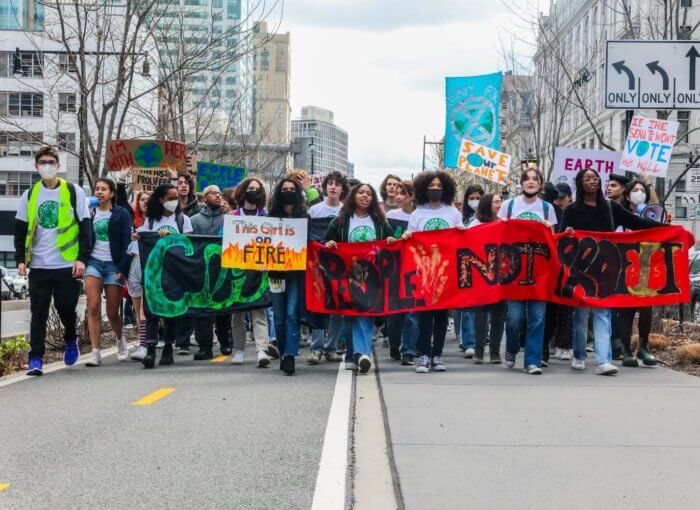
“If you visit there today, it’s basically all gone, the fish are gone,” Rakhmonova said. “There are literal boats on the ground.”
Because of this, her family has imparted lessons on her, like conserving water and recycling. It was “bittersweet” participating in the Global Climate Strike, she said.
“We’re not going to be quiet about it,” Rakhmonova said. “We’re going to strike. We’re going to protest. We’re going to continue doing our part.”
Reach Sarah Belle Lin at sbellejourno@gmail.com. For more coverage, follow us on Twitter, Facebook and Instagram @bronxtimes.

